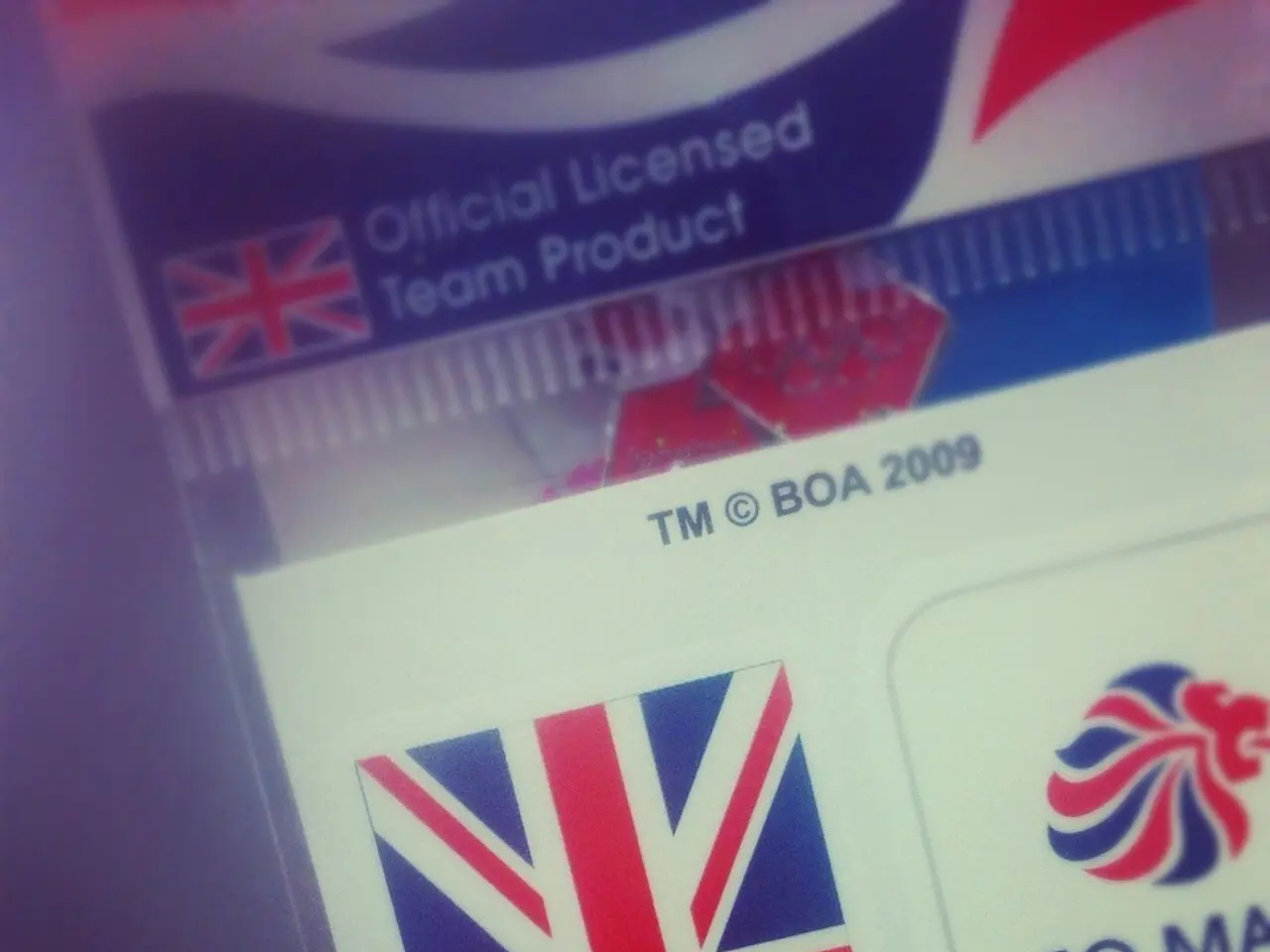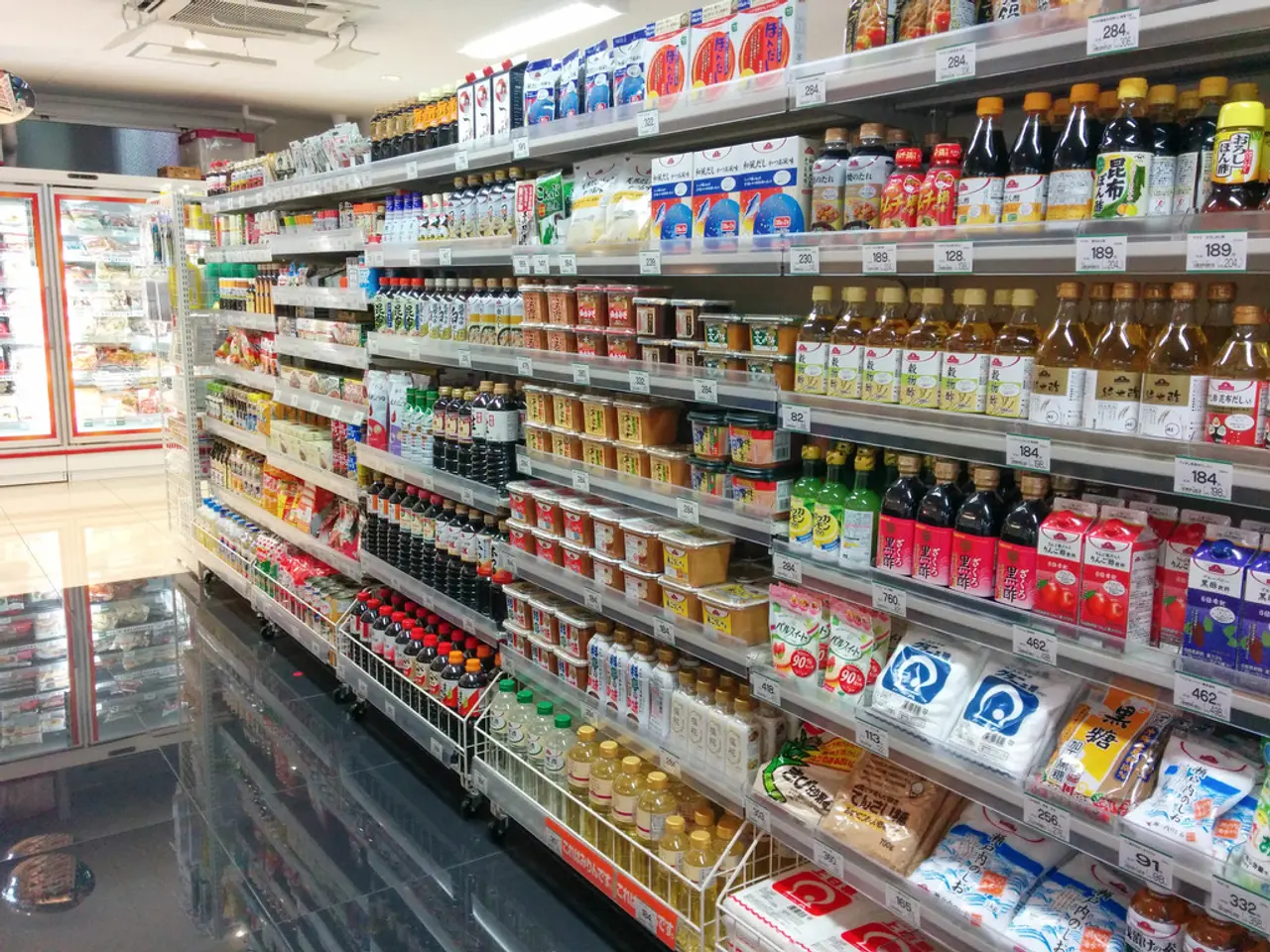Construction Project Efficiency: Kaizen's Impact on Large-scale Building Endeavors
In the heart of Japan, the Tomei Express Tamagawa Bridge is undergoing a significant transformation, serving as a proving ground for Toyota's continuous improvement philosophy, known as kaizen. The bridge, which links Tokyo and Kanagawa Prefecture, is not just a piece of infrastructure but a testament to Toyota's commitment to applying its manufacturing expertise to the construction sector.
The bridge's deck slabs, worn out over approximately 50 years, are being replaced in this ambitious project. However, renovating an existing structure is more technically challenging and time-consuming than building a new one. To tackle this complexity, Toyota has devised innovative solutions that reflect its focus on worker safety and efficiency.
One such innovation is the "virtual Genchi Genbutsu," a digital adaptation of Toyota's management philosophy of "going to the actual place to see and understand the situation." This approach leverages digital tools and real-time data to simulate on-site conditions, allowing for improved monitoring and problem-solving. It fosters a safer, more informed, and responsive construction environment.
At the Tama River site, work vest colors are used to identify which task each team is working on, ensuring a smooth and organised workflow. A simple rule was implemented to handle only tasks assigned to the corresponding vest color. This initiative, while initially met with some skepticism from site workers, has proven to optimise workflows, reduce human error, and minimise physical strain on workers.
To further enhance worker conditions, Toyota has developed the GEN-VIR construction simulator. This simulator is being used to test whether Toyota's kaizen can be incorporated into large-scale construction projects, such as the Tomei Express Tamagawa Bridge renovation, which involves 10,000 tonnes of concrete. Simulations are used to check worker fatigue, and a gauge showing the percentage of a worker's remaining stamina was developed to ensure workers are not overexerted.
The construction industry in Japan is facing severe labor shortages due to more large-scale works on the horizon. The industry is concerned about increasing productivity and easing workloads in anticipation of a rise in projects. Toyota's involvement in the Tomei Express Tamagawa Bridge construction project is a significant step towards addressing these challenges.
Obayashi Corporation, the primary contractor for the project, shares Toyota's vision. As Chairman Toyoda envisioned, Obayashi Corporation aims to make someone else's job easier. Yuji Ito, Group Manager, Infrastructure System Group No.2, Frontier Research Center, is striving to streamline tasks and processes so that the work can be carried out with minimal downtime.
Takahiro Kanemaru, the Project Director at the Obayashi JV's Project Office, is overseeing the successful implementation of these innovative strategies. The need for virtual Genchi Genbutsu, a simulation of the physical site, arises due to the dynamic factors such as weather and personnel. Toyota's production facilities employ the Kanban system to make the sequence of operations visible, a practice that is being extended to the construction site to improve efficiency and reduce waste.
As the Tomei Express Tamagawa Bridge renovation progresses, it serves as a beacon of innovation in the construction sector. The surging renovation projects in Japan's construction sector, as many roads near the end of their lifespans, provide ample opportunities for Toyota's kaizen to revolutionise the industry, prioritising safety, efficiency, and quality.
- Toyota's focus on innovation in the Tomei Express Tamagawa Bridge renovation, as shown by the implementation of the "virtual Genchi Genbutsu" and the GEN-VIR construction simulator, indicates a strong blend of finance, technology, and business principles.
- The Obayashi Corporation, which is the primary contractor for the Tomei Express Tamagawa Bridge project, shares Toyota's commitment to applying their strategies to other industries, especially in sports, where teamwork, efficiency, and continuous improvement are essential for success.




